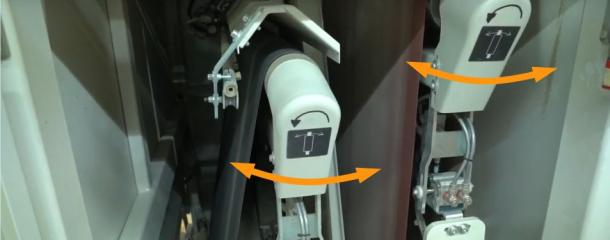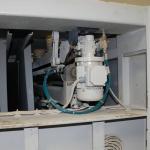OscillationTechnical term for the continuous or intermittent back and forth movement of tools in machines. The movement can be back and forth, up and down or to the right and left. The oscillation is usually realized by pneumatic cylinders and electric motors. Application in sanding machines
Application in edgebandersOn edgebanders oscillating sanding belts and buffing wheels can be found. Buffing units with oscillation can be seen mainly on axially arranged pneumatic cylinders. |
CNC machining centres, robots891
Edgebanding, edge processing627
Saws, cutting machines442
Planers, 4-sided moulders188
Routers, shapers, tenoners, profilers181
Drilling, mortising machines135
Presses, clamps, joining machines204
Sanding machines321
Mechanisation, storage, packing technology201
Surface coating153
Production lines127
Heating, drying, waste chopping59
Dust extraction, compressed air, vacuum135
Assembly, worktables18
Lathes29
Tools, sharpening technology94
Equipment, Other machines142





